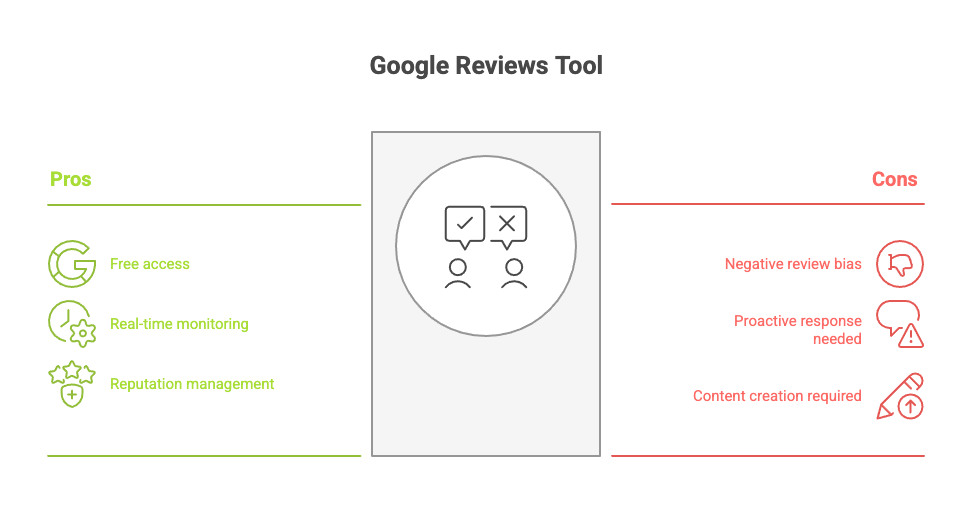Client Behavior
Think about the typical process by which a customer chooses a company to do business with. In many cases, they pull out their phone; do a quick search with Google, on a social media network, or on a dedicated review site like Google Places; scan through the results, and pick a business with the best reviews.
Even in a street full of coffee shops and restaurants, customers no longer choose by wandering along and checking out the atmosphere or perusing the menu.
Both of those factors will be trumped by a smartphone and a set of bad reviews. Everyone checks reviews before making a purchase more significant than a few dollars.
This is actually a wonderful way for things to be. Customers have power. Market forces can weed out bad businesses. However, it doesn’t always work that way. Happy customers rarely comment. Displeased customers, on the other hand, often complain. This means the vocal 1% of unhappy customers can have a much greater impact than the satisfied 99%.
To combat the bias towards negative reviews, businesses have to be proactive about responding to criticism. That doesn’t mean being defensive, an attitude that has landed many business in trouble.

Nor does it mean trying to hide negative reviews; the Streisand Effect is an insurmountable obstacle to white-washing, although the creation of high-value content can help a business push negative material down in the SERPS.
What it does mean is that business need to use tools and implement processes to get out ahead of negative content, to explain, to apologize, to placate, and to learn what they are doing that creates disgruntled customers in the first place.
Tool by Google
Earlier this month, Google introduced a tool to help businesses do just that. Google’s Reviews in Google Places For Business (snappy name) allows businesses to monitor and respond to reviews from across the internet.
This is a smart application for Google’s search technology. It provides a specialized interface. Businesses can use it to monitor what customers say about them.
Most of the features of Google Places for Business are free, including Reviews, which is a lot less than you’ll pay for most reputation management tools, so it’s definitely worth checking out if you want to be kept abreast of the scuttlebutt about your business.




